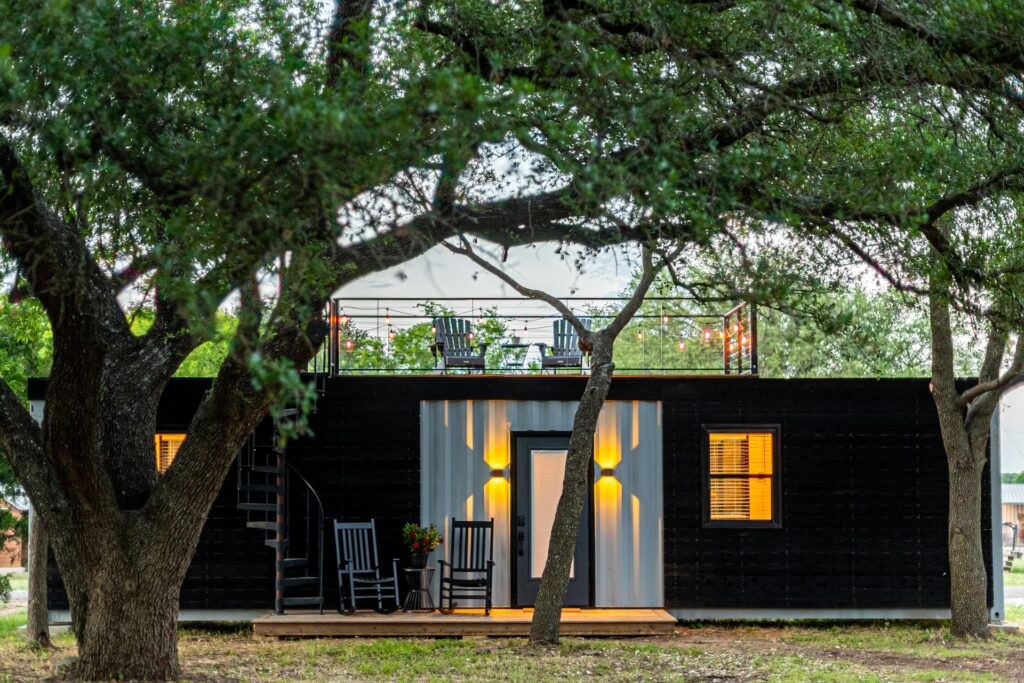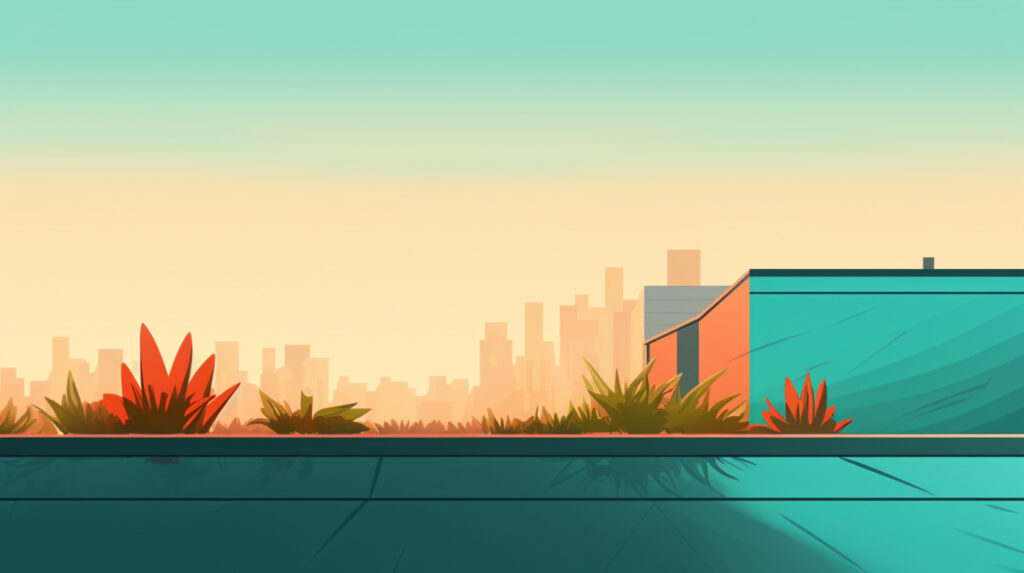
We are reader-supported. When you buy through links on our site, we may earn an affiliate commission.
Building a home to harness the sun’s heat is essential for creating an energy-efficient home. Building a passive solar house is a great addition to any homeowner’s green journey. This method of home building considers the sun as an indispensable – and inexhaustible – resource.
You can increase excitement about your ideal home by understanding how and why passive solar houses can improve your life.
Passive Solar Homes Defined
Passive solar houses take natural heat, store it, and release it all over the home. This is how temperature is managed and devices are regulated. Converting to passive energy eliminates the need for many everyday staples. Most find they do not need as many fans, if any, because the house regulates its own temperature.
Other considerations when thinking of building a house like this are the building site, south-facing windows, and materials. The goal is to cut the need for fossil fuels or other energy-consuming technologies.
5 Elements of Passive Solar Design
You may be starting from scratch or renovating and need to have a home energy audit. Regardless, foundational elements are crucial for successful building.
These are the five elements in passive solar homes:
- Collectors: This refers to well-positioned glass within 30 degrees of true south to get the most out of that beautiful sunlight! Anything that harnesses that heat is a big win.
- Absorbers: This refers to any exposed surface capable of soaking up light. Think of it as storage for all your heat. Dark surfaces or containers of water do a great job of this.
- Thermal mass: This is when the material makeup of something retains warmth. Thermal mass is underneath the surface while absorbers are exposed.
- Distribution: This is how heat circulates in your home. It is vital to design your house so that it takes advantage of heat’s natural movement. Some tools can help move the heat around the house, like fans, but the design and layout also play a role.
- Control: Consider the long-term management system. Roof overhangs or awnings are must-haves, as they protect the house during the summer months. But also consider whether you want smart thermostats that detect temperature changes or tools to encourage or restrict heat – like vents or blinds. How will you manage these features?
Now that you understand what makes up the home, we can analyze the different ways they are designed.
3 Types of Passive Solar Heating Systems
The beauty of passive solar housing is the versatility it can provide in home designs. Depending on how you want your home, there are variations in how to capture heat and put it to work.
With this in mind, there are three major solar heating systems to think about:
- Direct gain
- Trombe wall (indirect gain)
- Attached sunspace (isolated gain)
Direct gain relies on those glorious south-facing windows. These give sunlight many opportunities to enter the home, which is ideal for the thermal mass and distributing it back to the rest of the house. Dark walls or floors, for example, hold the heat and release it as the day continues.
Or, imagine a set of windows in front of a wall, working with it to provide thermal mass. That’s the trombe wall technique. Place masonry or concrete walls behind glass and they make great sponges for heat. The heat will naturally radiate from the surfaces throughout the day, depending on the sun’s position.
There are also isolated gains, which is best described as a sunroom. It’s a separate space for the explicit purpose of collecting heat. This type of collection is where overhangs shine, since they shade the windows but allow sun exposure when it’s cold.
So, how can you employ one or all of these methods in your house? Once you know, it’s time to bring a vision to life.
3 Considerations for Planning
There are plenty of considerations for your passive solar house. Luckily, we can narrow it down to some top priorities.
- Choose the Right Building Site
You’ll want to consider elevation or the number of trees surrounding your future home. Will either of these aspects, or others, interfere with how your house grabs the sun’s heat? Are you near a body of water that could greatly alter the surrounding temperature?
- Maximize South-Facing Windows
Bonus points if you consider every energy-efficient aspect of a window. Options include glazing types, window shading, and sustainable sourcing by choosing local or reclaimed materials. The main idea is that these aspects are balanced with shading so they grab a lot of heat when the sun is high during the summer and low to permeate the house in the winter.
- Know What Will Enhance Your Foundation
You have the structure in place. You installed solar panels. The windows are south-facing and you optimized the overhangs. But to further the value of your passive solar house, there are other aspects to consider.
Insulation and air sealing will be paramount in keeping that cool or warm air tight in your home during the changing seasons. Heating and cooling systems like water heaters enhance efficiency. There are also systems available to optimize thermal mass and mechanisms to distribute energy smartly throughout the home.
Now you know the elements needed to get passive solar homes to work with the local environment harmoniously.
Harnessing Heat for Sustainability
Many moving parts make a home, all of which can be optimized to make your house more energy-efficient. We know the to-do list is long for our builders and dreamers alike, but this means there are more opportunities to be innovative.
With these tools, you’ll be able to create your passive solar house, knowing you’ve made the right choice for your wallet, your family, and your planet.










